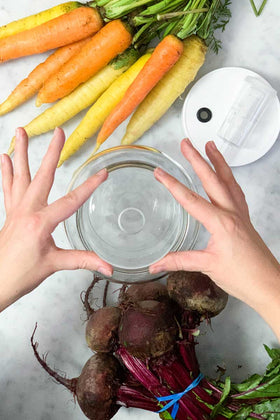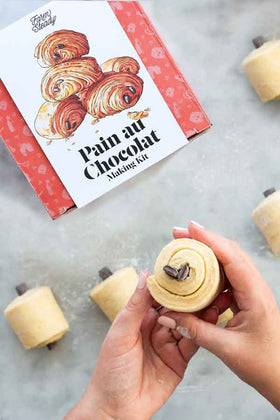Stringy brown bits in my kombucha. These are free floating yeast colonies naturally produced during the brewing particles. They are good for you, but might not be the most attractive thing, so just strain them out using a handheld strainer or a coffee filter. This will slow down your secondary ferment, reduce the boozy component of kombucha and yield a smoother tasting beverage.
My SCOBY is lumpy. Your SCOBY doesn’t have to win any awards for looks, and there’s a lot of variety in healthy SCOBY’s. A lumpy SCOBY is still healthy and usually corrects within a brew cycle or two.
My SCOBY has holes. If your SCOBY has holes, it’s still healthy, too. This often happens in warmer climates and seasons. To troubleshoot this, make weaker tea and brew it at a cooler temperature.
My SCOBY has mold. If your kombucha smells off, or you find fuzzy mold or fruit flies in it, just toss it out! If you’re sure that is isn’t a natural discoloration, like from the tannins in tea, don’t bother trying to save the kombucha or the SCOBY. You’ll need to start over. Try not to brew your kombucha near garbage, old food, or plants to prevent mold spores from migrating into your brewing vessel. If your SCOBY goes bad you can ask for one from a friend or buy a replacement.
Taking a brewing break. If you’d like to take a ‘buch break and put a pause on your next ferment, you can simply place your SCOBY in some kombucha in the fridge for up to four weeks. We like to use our brewing vessel since your SCOBY will grow to whatever size container you put it in. When you decide to start brewing again, just remember that your next batch may take a little longer to ferment while your SCOBY gets back in the groove.
For more kombucha info, check out our articles on bottling your kombucha and adding delicious flavors. Best of luck on your delicious kombucha brewing adventures!


